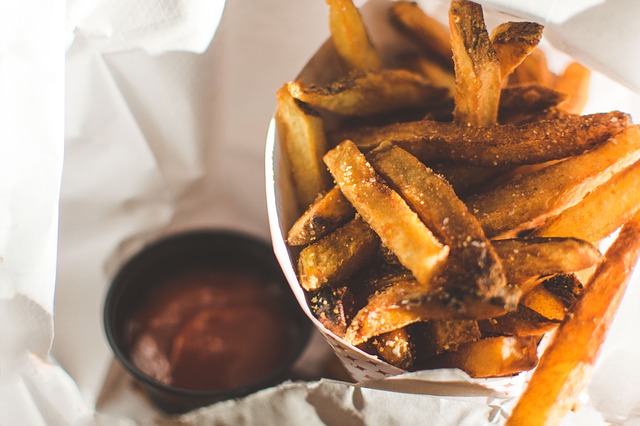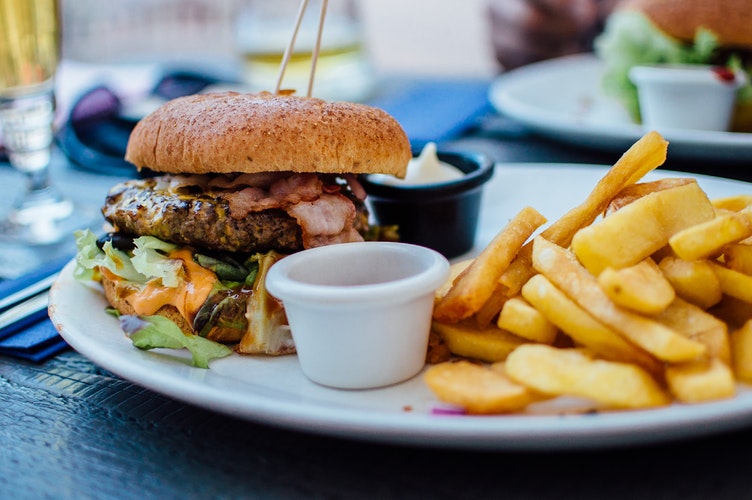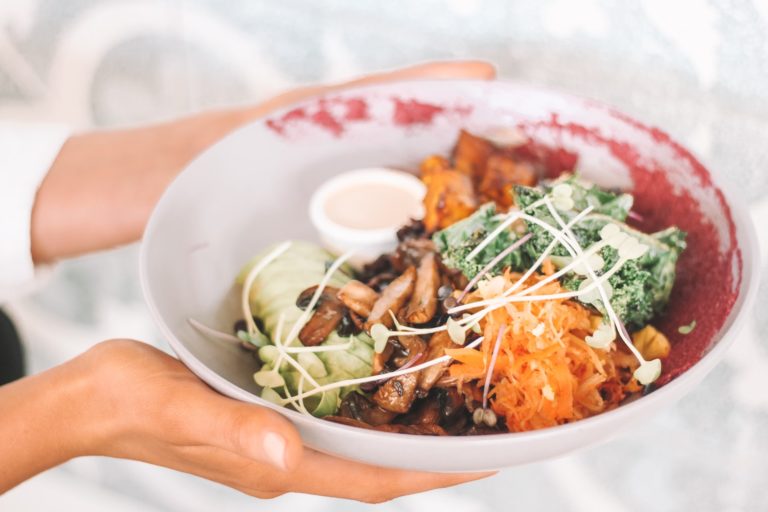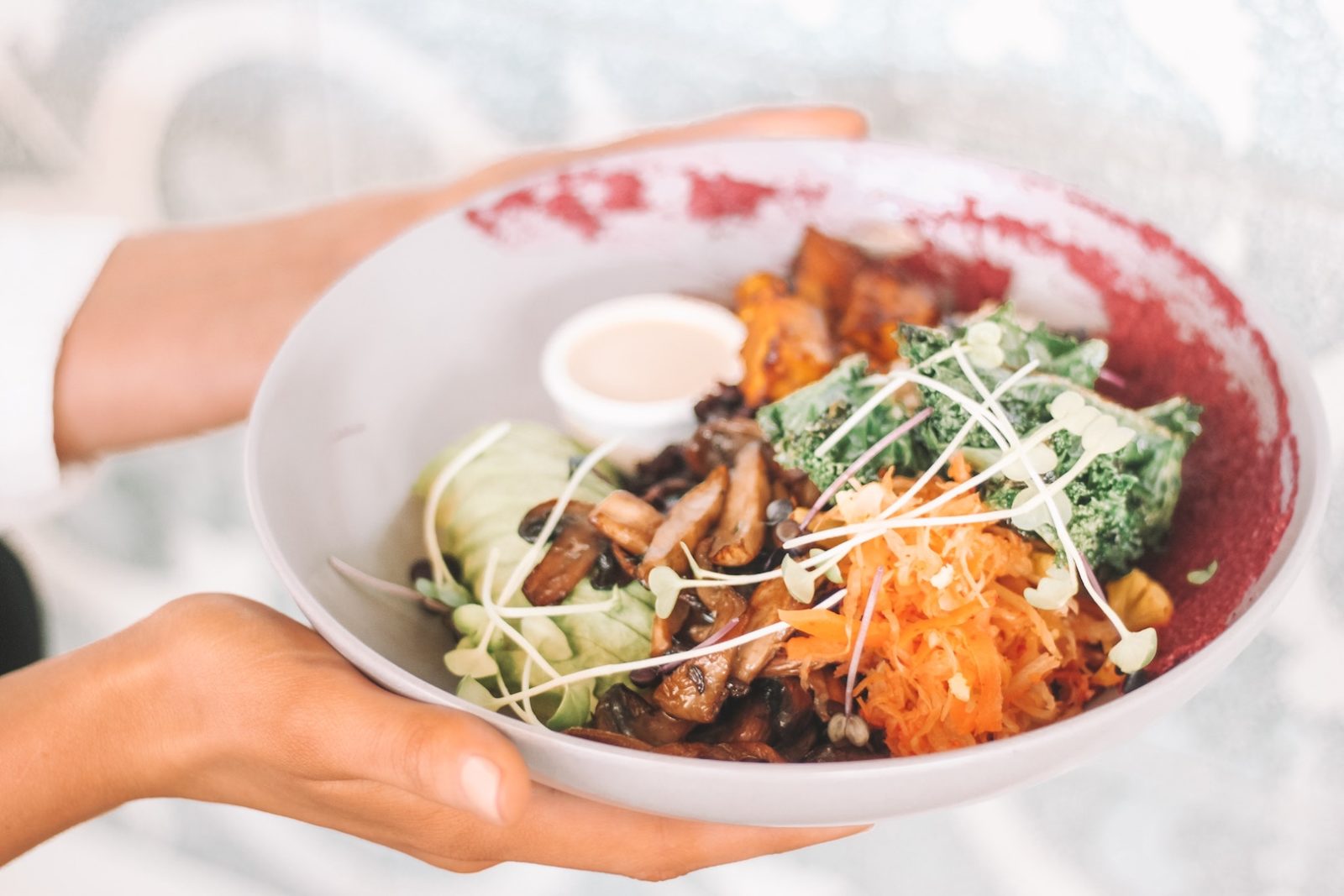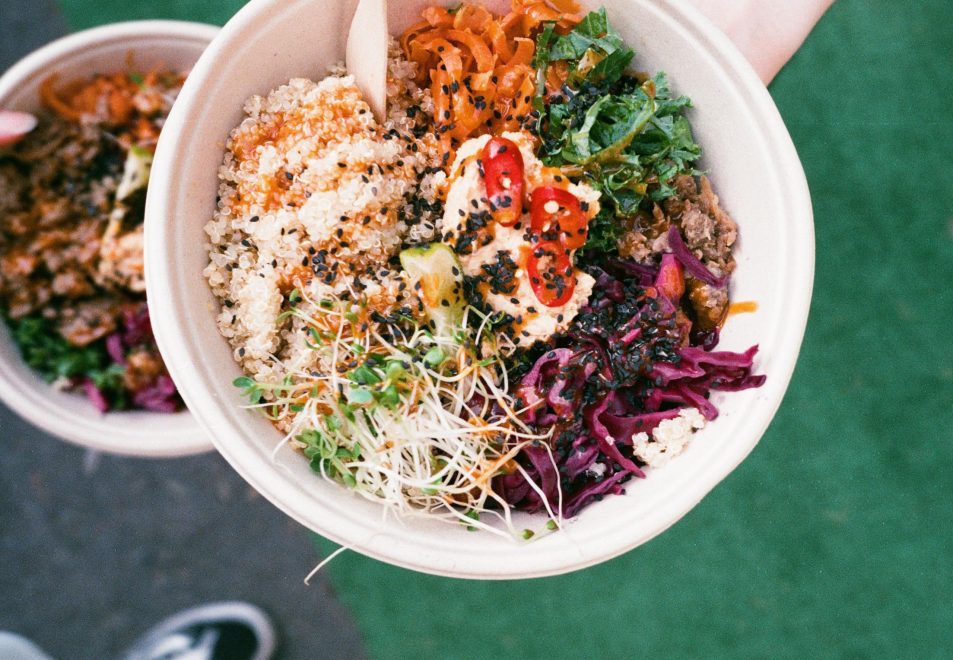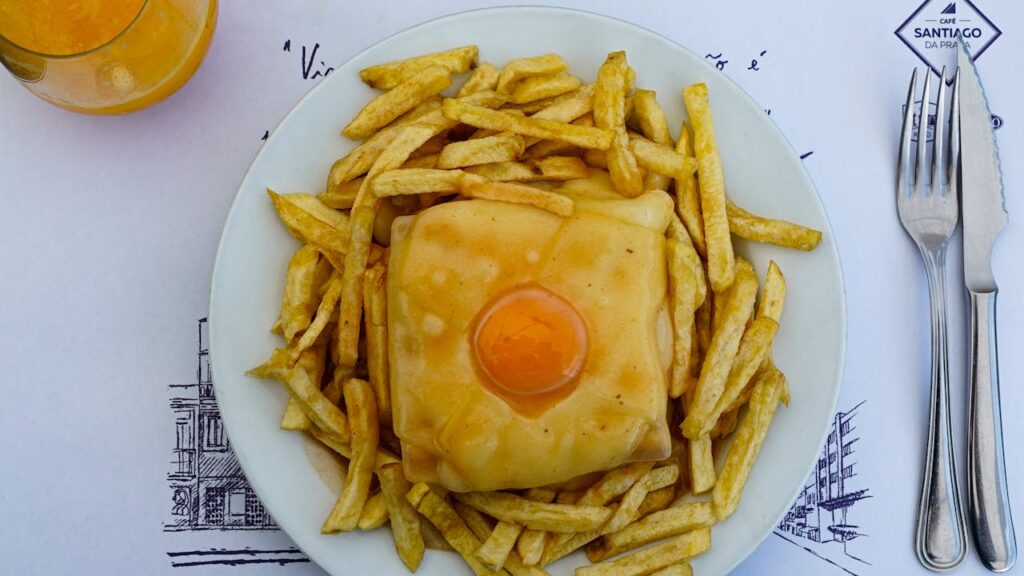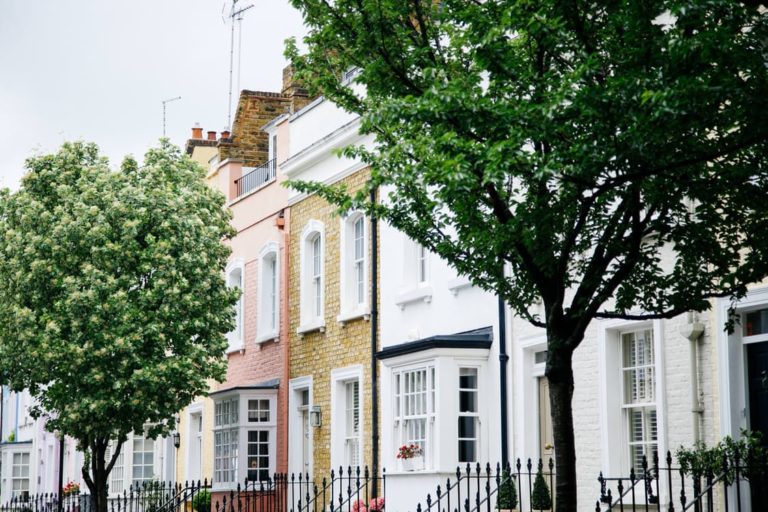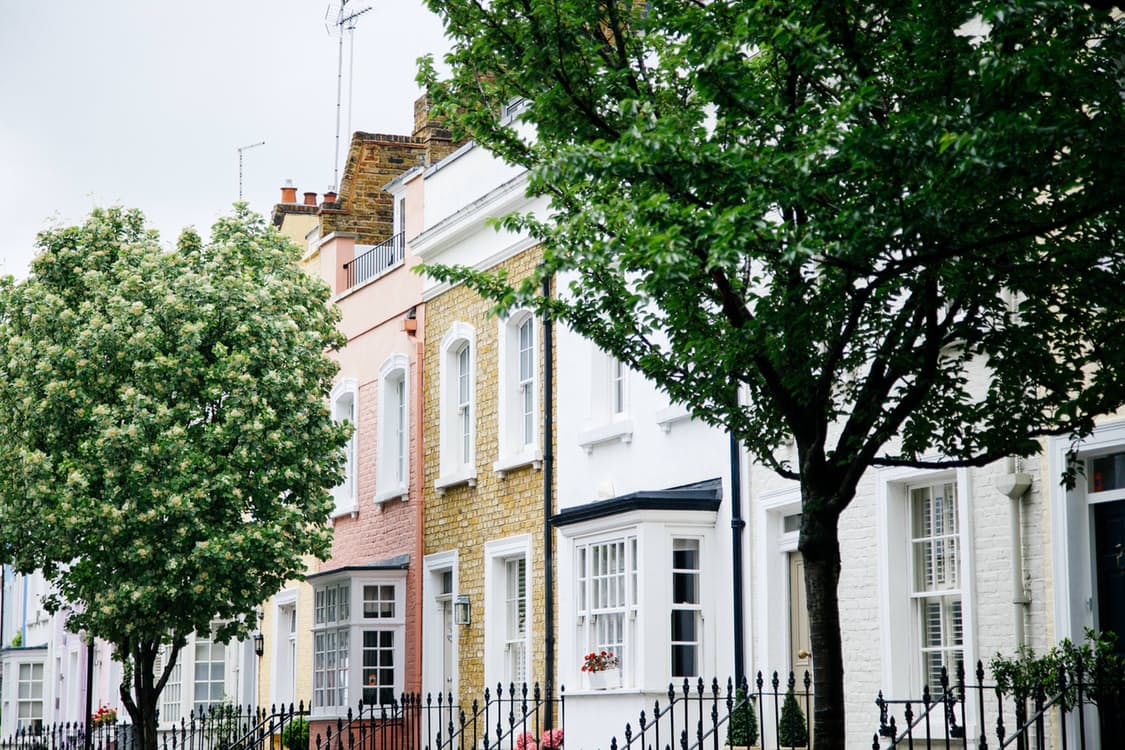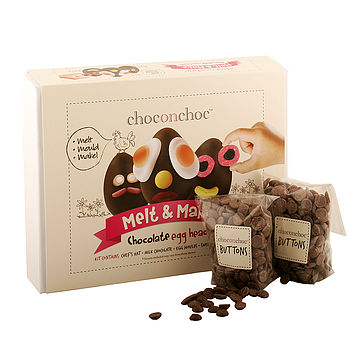![]() Critical thinking skills are vital, not just in work but in everyday life, and without even realising it we use this deliberate thought making process daily. Indeed, we use reason and logic to come to a conclusion about nearly all issues or decisions we have to make, from deciding if we’re going to have that extra cup of coffee to what brand of washing up liquid we’re going to buy. And simply put, that’s what critical thinking is – using reason and logic to come to a conclusion.
Critical thinking skills are vital, not just in work but in everyday life, and without even realising it we use this deliberate thought making process daily. Indeed, we use reason and logic to come to a conclusion about nearly all issues or decisions we have to make, from deciding if we’re going to have that extra cup of coffee to what brand of washing up liquid we’re going to buy. And simply put, that’s what critical thinking is – using reason and logic to come to a conclusion.
The ability to think critically helps in making informed decisions, problem solving and following through on goals. Moreover, it helps us in the ability to synthesise information and in evaluating data. And in the workplace, those skills are crucial for a wide range of tasks. While computer programs like HR software has streamlined many business tasks, there are some that still require this deep, holistic method of analysis. With that in mind, here are 5 IDEAL ways to develop stronger critical thinking skills.
LEARN TO ANALYSE INFORMATION
One of the key factors crucial to successful critical thinking is the ability to analyse information thoroughly. All too often, we allow our emotions to get the better of our judgement which, as we’re sure everyone has experienced at one time or another, can impact how well we process the information available to us. But to think critically, we need to be able to assess this information in a cold hearted, distant manner – whether it’s in our mind or what is being presented by someone else – and make sure we fully understand what is required to make a decision. To be able to step back and fully dissect an argument allows us to take an objective perspective, and ultimately, a better decision.
ASK IMPORTANT QUESTIONS
As far back as humankind has populated the globe, we have asked profound questions. ‘What is the singular meaning to all of this?’, ‘is there a collective narrative to life?’, ‘where are my car keys’…that kinda thing. The ability to learn through questioning is a key skill and an important catalyst to developing strong critical thinking skills. Driving questions that lead to constructive and beneficial answers are at the core of useful learning, ensuring that you don’t just accept information passively, but rather engage with it deeply. A more cooperative, creative company culture is a welcome byproduct of such probing, searching enquiries.
BE AN ACTIVE LISTENER
Listening is as crucial as delivering your own message, and while you may think that you know how to do it (brain; activate ears) in reality, many of us could improve our listening skills. After all, there’s more than a modicum of truth in the saying that most people are just waiting for their turn to talk. It’s time to engage in more active listening, which is the ability to listen closely, carefully and as a consequence understand information clearly and retain it.
There are a few ways to improve your listening skills – try not to interject as much in conversations, instead giving the other person time to fully say what they need to. Make the speaker feel comfortable and understood, so they’re aware you’re listening, and remove distractions – if you work in a busy environment, for example, find a quiet location to talk. Lastly, empathise with the speaker and learn to see things from their perspective instead of being influenced by your own prejudices.
DON’T IGNORE YOUR MENTAL PROCESSES
How we think is endlessly fascinating but it’s important to recognise that the speed and automation with which we consider things and draw conclusions can sometimes leave us at a disadvantage when it comes to thinking critically. People think that using mental shortcuts to explain what they see or hear around them is useful but actually, such shortcuts can be disastrous when we’re trying to make important decisions or think critically. So, be aware of any biases and prejudices that might lead you to make a seemingly objective choice at work, and instead take a mindful approach to decision making.
SELF-CRITICAL THINKING
We don’t mean chastising yourself for something you said to your mum last week. Or regretting that second helping of bread’n’butter pudding when you were already stuffed. Nope, critical thinking skills rely on you becoming a true critic of your own thoughts and opinions by looking at the bigger picture rather than sweating the small stuff. Without some serious self-reflection and soul searching, you can’t ever hope to develop strong critical thinking skills. Before you analyse something or take action, ask yourself why you think your response is the appropriate way to move forward. Ask yourself questions like “why do I think this?” and “are there examples I have experience of that prove this?”. Improving emotional intelligence and recognising why you respond positively or negatively to certain prompts can help you improve your critical, analytical skills immeasurably.








